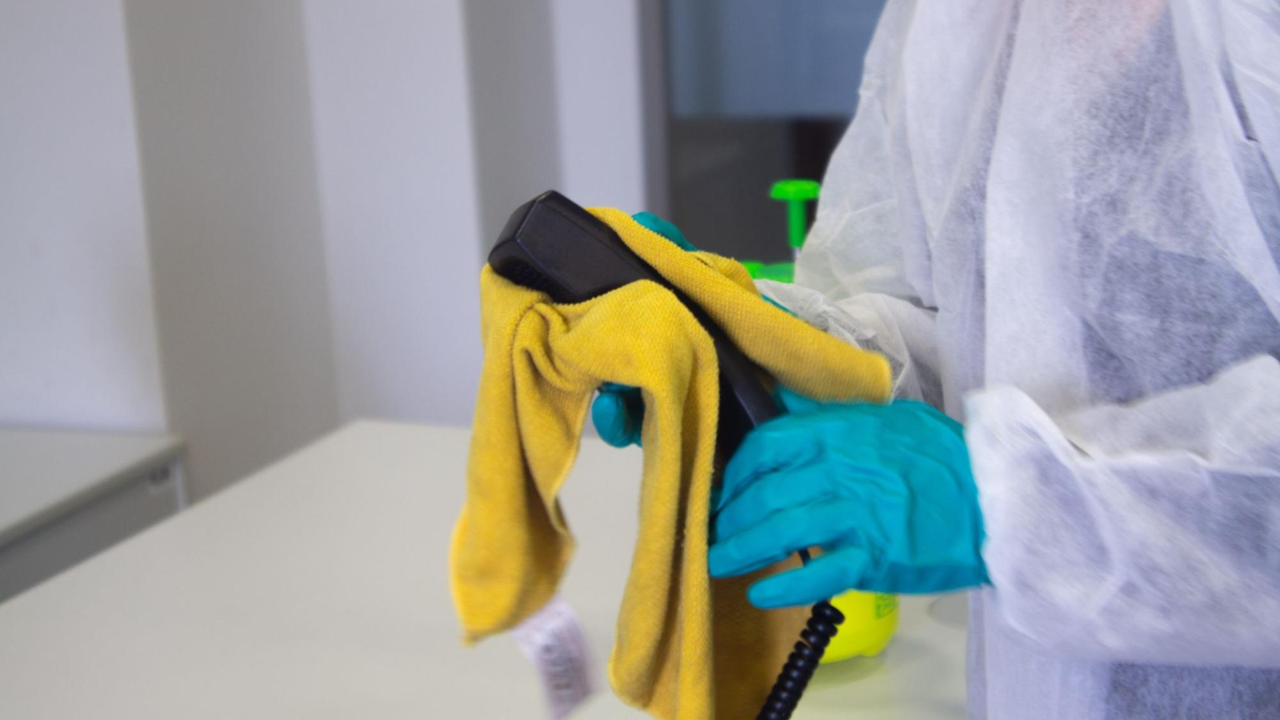Blog detail

January 27, 2025
by Nanzpharma
Top Mistakes to Avoid When Using Disinfectants
Disinfectants are powerful tools in the fight against germs, but their misuse can render them ineffective or even hazardous. Whether in homes, workplaces, or healthcare facilities, improper handling of disinfectants can lead to incomplete cleaning, health risks, or damage to surfaces. Ensuring effective and safe disinfection requires attention to detail and adherence to best practices.
1. Over-Dilution or Under-Dilution of Disinfectants
Diluting disinfectants is often necessary, but improper measurements can compromise their effectiveness. Over-dilution weakens the solution, making it ineffective against tough pathogens, while under-dilution can leave harmful residues or damage sensitive surfaces.
Solution:
- Carefully follow the manufacturer’s dilution instructions for different applications.
- Use measuring cups or tools to ensure accuracy, especially for concentrated disinfectants.
2. Skipping Pre-Cleaning
Applying disinfectants directly onto dirty surfaces reduces their effectiveness. Organic matter, such as grease, dust, or food particles, can create a barrier that prevents the disinfectant from reaching germs.
Solution:
- Always clean surfaces with soap and water or a suitable detergent before applying disinfectants.
- Remove visible dirt and debris to enhance the disinfectant’s performance.
3. Ignoring Contact Time
Disinfectants require a specific amount of time to remain on surfaces to kill pathogens effectively. Wiping them off too soon is one of the most common mistakes, leading to incomplete germ elimination.
Solution:
- Check the label for the recommended contact time and ensure the surface remains wet for the full duration.
- Avoid drying or rinsing the disinfectant prematurely unless specified.
4. Using the Wrong Disinfectant for the Job
Not all disinfectants are universal. Some are designed for specific pathogens or surfaces, and using the wrong type may result in ineffective cleaning or surface damage.
Solution:
- Identify the pathogens you need to target and select a disinfectant labeled for those organisms.
- Choose disinfectants suitable for the material being cleaned, such as electronics, fabrics, or stainless steel.
5. Cross-Contamination During Application
Using the same cleaning tools across multiple areas can spread germs rather than eliminate them. Sponges, mops, or cloths used improperly can carry pathogens to clean surfaces.
Solution:
- Use separate tools for different areas, particularly in high-risk zones like kitchens and bathrooms.
- Disinfect reusable tools regularly or opt for disposable wipes where appropriate.
6. Inadequate Ventilation
Many disinfectants release fumes that can irritate the respiratory system, especially in enclosed spaces. Poor ventilation can exacerbate these effects, posing health risks to users.
Solution:
- Ensure adequate ventilation by opening windows, using fans, or operating air purifiers during disinfection.
- Wear protective masks if using disinfectants in poorly ventilated areas.
7. Mixing Chemicals
Combining disinfectants with other cleaning agents, such as bleach and ammonia, can create dangerous chemical reactions, producing toxic fumes or reducing effectiveness.
Solution:
- Avoid mixing any chemicals unless explicitly stated by the manufacturer.
- Stick to one product at a time and thoroughly rinse surfaces before switching to another disinfectant.
8. Overlooking High-Touch Surfaces
High-touch areas like doorknobs, light switches, and keyboards are common germ hotspots but are often missed during routine cleaning.
Solution:
- Create a checklist of frequently touched surfaces and ensure they are disinfected regularly.
- Pay extra attention to communal areas in workplaces, schools, and healthcare facilities.
9. Using Expired Products
Disinfectants lose their potency over time, and using expired products can result in ineffective disinfection, leaving germs behind.
Solution:
- Check the expiration date on all disinfectant containers before use.
- Store disinfectants in cool, dry places away from direct sunlight to preserve their efficacy.
10. Neglecting Protective Measures
Disinfectants contain chemicals that can irritate the skin, eyes, or respiratory system if not handled correctly. Failing to use protective gear increases the risk of exposure.
Solution:
- Wear gloves, goggles, or masks as recommended on the product label.
- Wash hands thoroughly after handling disinfectants, even if gloves were used.
11. Inconsistent Cleaning Practices
Disinfection must be consistent to be effective. Skipping regular cleaning schedules or focusing only on visible dirt can leave spaces vulnerable to germ buildup.
Solution:
- Establish a cleaning and disinfection routine tailored to your home or facility’s needs.
- Train employees or household members to follow the schedule and application techniques properly.
The Role of High-Quality Products in Effective Disinfection
Using reliable disinfectants is as important as avoiding mistakes. High-quality products are formulated to meet safety and efficacy standards, ensuring comprehensive germ elimination when used correctly. Opt for disinfectants from trusted manufacturers that provide clear guidelines for proper use.
The Correct Steps for Optimum Hygiene
Effective disinfection requires more than just using a product, it demands an understanding of the correct practices to avoid common mistakes. By addressing these issues, you can maximize the effectiveness of disinfectants while ensuring safety for all users.
With a commitment to quality, Nanz Med Science offers reliable disinfectant solutions designed to meet diverse needs. By following best practices and using trusted products, you can create a cleaner, safer environment at home and in the workplace.

